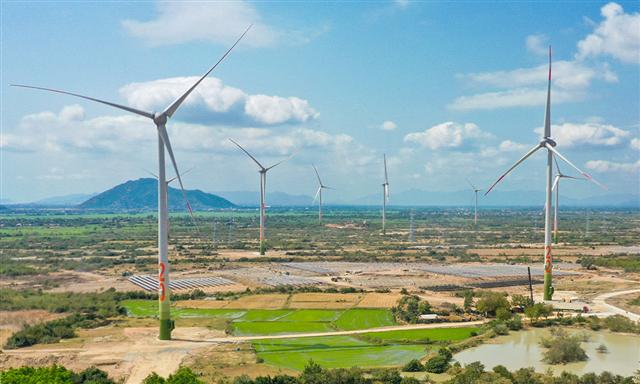Xayaboury gets set for first cement factory
Xayaboury gets set for first cement factory
The first cement factory to be built in Xayaboury province is expected to be operational in the coming months.
Head of the energy section of the province's Energy and Mines Department, Mr Phaythoun Keoboua, told Vientiane Times yesterday the plant is carrying out test runs and quality checks of products as well as assessing environmental impacts.
“After testing for quality, we will hold a meeting to explain the standard of our products before they go to market,” he said.
When the plant becomes operational, the expected output should reduce cement imports from Thailand by about 40 percent, Mr Phaythoun said.
Xayaboury imports all of the cement it needs each year from Thailand, which is used to build houses, dams and other facilities.
The new plant, in the provincial capital, will create job opportunities for local people and provide revenue to boost the province's economy.
Construction of the factory started in 2013 overseen by a China investor at a cost of US$9 million.
The concession area covers 150 hectares and includes 35 hectares for the production site, with a concession period of 50 years, said Mr Phaythoun.
The factory will be able to produce about 900 tonnes of cement a day.
“There are a few issues, as we are concerned about whether people will be confident in the quality of the cement produced because they've been using Thai brands for so long,” Mr Phaythoun said.
Xayaboury has rich potential for development, with agricultural land suitable for cash cropping and livestock herds, as well as mining and hydropower opportunities.
Thailand is currently the largest investor in the province with major interests in the under-construction Xayaboury dam and the coal-fired Hongsa power plant. It produces many products for export, mostly agricultural.
The number of foreign investors in the province, mostly Chinese companies, is increasing in various sectors.
To encourage more investors, the provincial authorities have streamlined the regulations and procedures, making coordination between governments easier.
China, Vietnam and Thailand are the three largest investors in Laos with most investment concentrated in hydropower, mining, agriculture-forestry, the processing industry and services.














